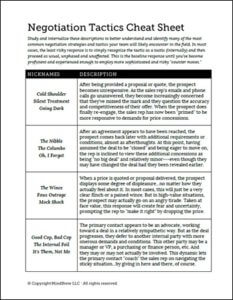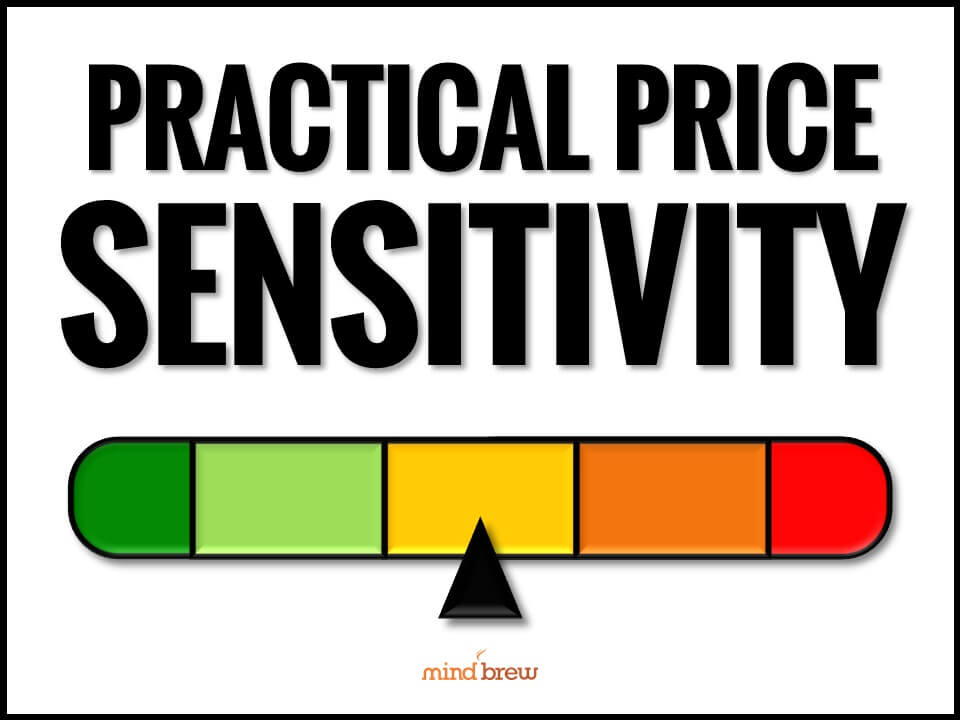I recently had the pleasure of interviewing Mark Burton for the PricingBrew Journal. Not that Mark needs much introduction, but he’s a co-founder of Holden Advisors and a co-author of the book, Pricing with Confidence: 10 Ways to Stop Leaving Money on the Table.
We had a long conversation about what Mark sees as the next evolution of the pricing department: The embedded pricing organization.
Now, if you’ve ever felt like you should have a bodyguard as a result of creating a dedicated pricing function, you should pay close attention to this approach. To my mind, this development delivers four huge benefits:
- It reduces the internal conflicts and power struggles that are so typical with traditional “command-and-control” pricing organization structures.
- It allows pricing professionals to get well-beyond transactional pricing and leverage a much broader range of pricing skills and knowledge.
- It’s better-aligned to the needs and objectives of the company, and where major pricing decisions are being made throughout the organization.
- It sets the stage for augmenting quantitative benefit measurements with qualitative measures that more accurately represent actual contribution.
I should also mention that Mark isn’t posing some “future-state” theory here. Leading pricing organizations are doing this right now, and it’s fast becoming best practice for how pricing functions operate.
I just wish I’d have heard about it ten years ago—then maybe security wouldn’t have had to walk me to my car.













